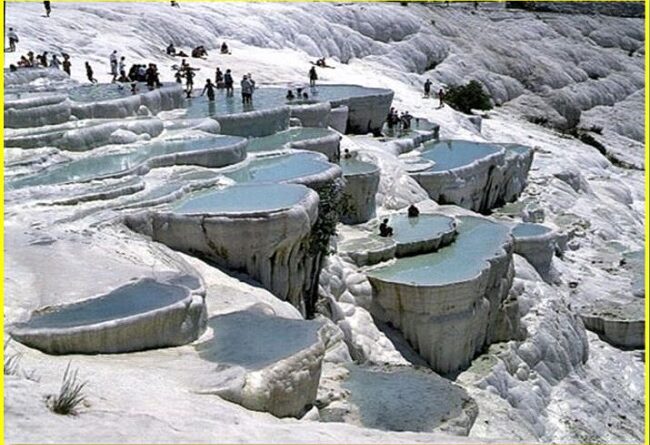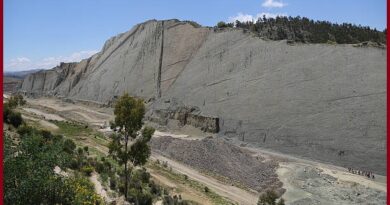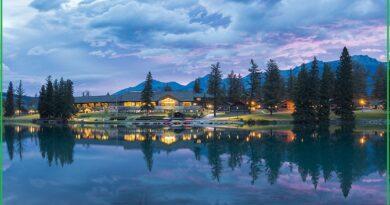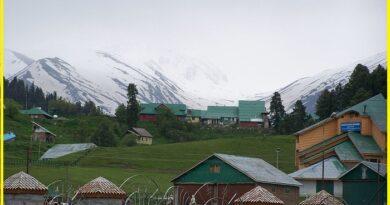Travertine Hot Springs Deposit at Pamukkale, Turkey: The place which surprise you the most
Pamukkale, meaning “cotton castle” in Turkish, is a natural site in Denizli Province in southwestern Turkey. The city contains hot springs and travertines, terraces of carbonate minerals left by the flowing water. Brilliant white travertine terraces and warm, limpid pools of Pamukkale hang, like the petrified cascade of a mighty waterfall, from the rim of a steep valley side truly surprise you. Travertine hot spring at Pamukkale is an incredible display of natural travertine deposits. Travertine is a type of limestone that is deposited by hot springs. The fibrous travertine forms from the precipitation of calcium carbonate from the solution.

The Pamukkale and the Hierapolis, an ancient city, were both recognized as a part of the UNESCO World Heritage Sites in 1988. In Hierapolis on a slope above the rest of the Hierapolis ruins is the mighty theatre with its facade over 100 meters long and incorporating two tiers of seating, each with 26 rows. Built during the reigns of the Roman Emperors Hadrian and Septimus Severus, so their citizens can enjoy the health benefits of hot mineral water. Pamukkale in Turkey is still one of the healthiest and most mysterious places in the world.
In terms of natural beauty, the travertine hot spring at Pamukkale is one of the most epic wonders. With its fluffy cotton pools and geologic heritage, it is beautiful from all angles. The snowy white calcium cascade terraces called travertines to flow down into the Menderes Valley like golden hairs of the mountains in the sunset.
Medical benefit-
The mineral-rich Pamukkale hot spring waters are high in calcium, magnesium sulfate, and bicarbonate. Water temperature is 36 to 38 degrees Celsius with a pH of 6. and total mineral content of 2,430 mg/lt.
Travertine hot spring water is said to help recovery from high blood pressure, kidney stones, stroke, rheumatism, nervous and physical exhaustion, eye and skin diseases, circulatory problems, digestive maladies, nutritional disorders, and chronic disorders.

Walk up through the formations on the travertine path but You are not permitted to wear shoes or even sandals to do this to prevent eroding or staining the delicate calcite deposits.
Also, read- The Largest desert in Asia “Gobi Desert”-Take a Geotourism around the extremely barren and rocky desert.
How this Travertine formed-
Terraces of Travertine is a geological formation that is based on 17 main hot water springs that are sources of calcium carbonate which gets deposited as a mineral rock on the surface. The geologic structure of it is a chemical and geological bond of hot water springing from 320 meters depth and deposits of calcium carbonate on the surface up to 60-70 meters above the ground surface.

Deep in the earth a vast source of water that is heated by volcanic lava and as a result, the water dissolves pure white calcium and then becomes saturated with the calcium before appearing on the surface of the earth where it bursts and runs down a steep hillside. As the calcium cools in the open air, the material precipitates from the water and adheres to the soil. And the result is a form of calcium cascades frozen in stone.
The terraces have cascaded on the side of Cal Mountain from countless volcanic springs and spring waters for thousands of years, which is a result of earthquakes and tectonic movements in the area.



